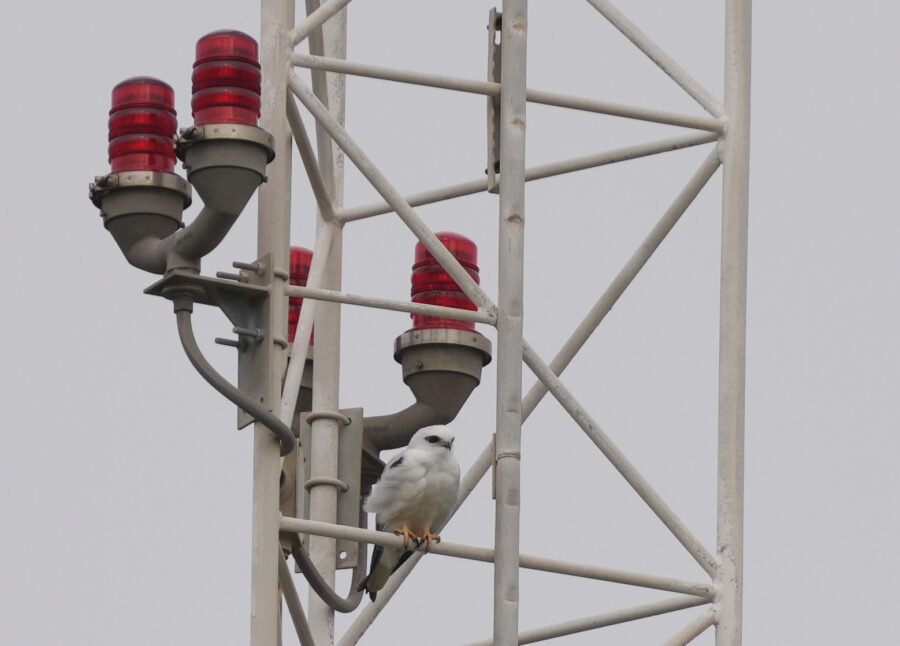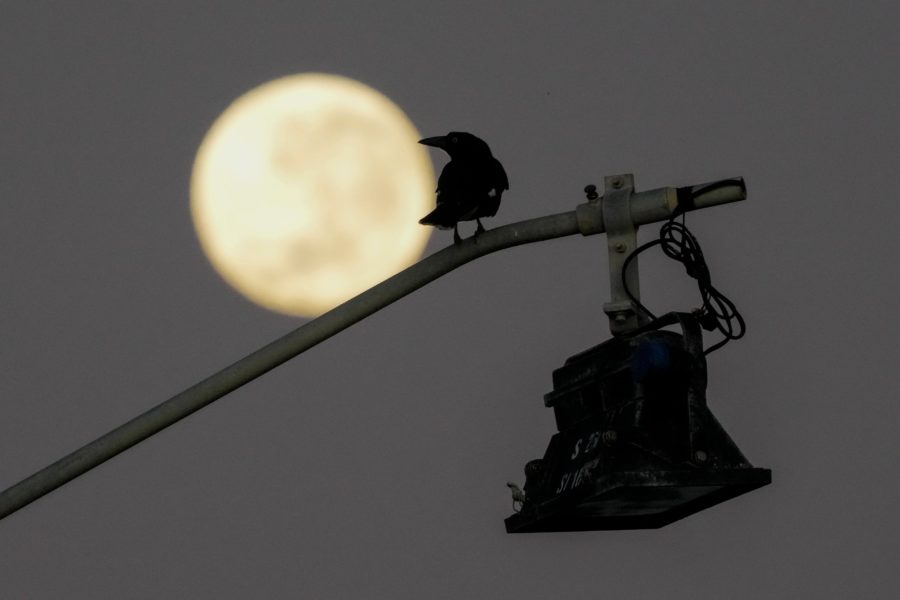Raptors are becoming successful city slickers

The urban world is a harsh place for much of Australia’s native wildlife, with ever-increasing human development causing biodiversity loss across many species.
Our birds of prey are not immune – faced with habitat loss, tall buildings, and disturbance by artificial lighting and car noise.
But researchers recently discovered that raptors are adapting to urban environments, using some ingenious tactics to survive in our suburbs and cities.
The discovery was made by an international team of scientists – led by the BirdLab research group in the College of Science and Engineering at Adelaide’s Flinders University, and the University of Vienna – while they were studying the ‘urban tolerance’ of 24 Australian raptor species.
They also found that smaller raptors – such as kites and owls – showed a higher ‘urban tolerance’ than larger raptor species like falcons and eagles.
Co-author of the study Taylor Headland, from BirdLab, says there are three main ways in which the smaller raptors are adapting to city life.
Artificial nests
Smaller raptor species such as the peregrine falcon (Falco peregrinus) and nankeen kestrel (Falco cenchroides) have been observed nesting on artificial structures such as building cavities and ledges.
“These are analogous to cliffs found amongst more natural habitat out of the city,” explains Taylor. “This allows them to exploit the abundance of food sources available to them within cities, particularly pest animals such as mice and feral pigeons.”


An artificial structure provides this peregrine falcon (Falco peregrinus) with a good vantage point for spotting prey in Salisbury, South Australia. Image credit: Michael Lee, Flinders University and South Australian Museum
Flexible diets
“Successful urban raptors are those that can adjust their diet to what is most locally abundant,” adds Taylor.
Examples of this were found in Darwin where brahminy kites (Haliastur indus) and brown goshawks (Accipiter fasciatus) have added water dragons to their diets, a reptile abundant within the city.
“These species would usually hunt naturally abundant prey such as fish, birds, or small mammals,” Taylor says.
New techniques
The third adaptation, Taylor says, is using artificial light to hunt prey. “Some species exhibit novel and innovative hunting techniques, such as hunting at night using the artificial light from streetlights or high-rise buildings,” he says.
Owls – such as the southern boobook (Ninox boobook) and barking owl (Ninox connivens) – now forage for insects around streetlights, and peregrine falcons take advantage of prey (other smaller birds) disorientated by the bright lights of buildings.
Concerns remain
While the ability of these small raptor species to adapt to city landscapes is encouraging, the study’s lead author, University of Vienna raptor conservation researcher Dr Petra Sumasgutner, says that, of the world’s more than 500 raptor species, 52 per cent are in decline and 19 per cent are currently classified as threatened with extinction.
“While some species of raptors are able to take advantage of human-dominated landscapes and urban areas, we are seeing a worrying population decline in many parts of the world,” she says.
Petra says the worldwide population decline of all predators, not just raptors, is concerning, as it is contributing substantially to the global biodiversity crisis.
“As we see extensive cascading effects on ecosystems caused by human-dominated landscapes, we can find examples of predators which stay or return to ecosystems creating a buffer against biological invasion and disease transmission,” she says.
Taylor agrees, adding, “Raptors are vital for ecosystem functioning.
“While we see evidence of small Australian raptors persisting in urban environments, conservation management initiatives focusing on habitat protection and restoration of wilderness areas need also to focus on the needs of larger-bodied raptor species, given the rise in urban expansion and their avoidance of city zones.”


